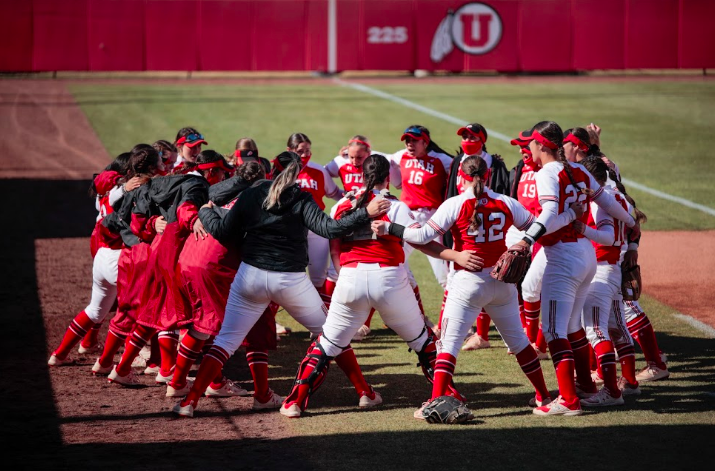What makes the diamond the perfect gem for an engagement ring? It’s so ludicrously expensive that it’s hard to believe we’d dump so much money into a single piece of jewelry. Still, it’s the standard stone used for most proposals in the United States. It’s tradition to propose with a diamond ring, yet it’s a tradition our great-grandparents wouldn’t have known about. How did the diamond wedding ring become tradition within three generations? That’s the trick of the greatest scam ever pulled.
Before the 1940s, there was no such thing as the diamond ring tradition. Diamonds were an incredible luxury, only owned by the extremely wealthy. An average salary worker didn’t need to propose with a diamond; any ring would do. After all, how is a diamond any different than a sapphire or an opal?
N.W. Ayer changed that.

De Beers, the corporation that had a practically exclusive monopoly on diamonds in the 20th century, commissioned N.W. Ayer, an advertising agency, to create a greater market for diamonds in the U.S. The year was 1938. Antitrust laws prohibited De Beers from advertising their name or their jewelry in the U.S., and the Great Depression caused any interest in diamonds to fade away. Diamond gems at the time were already a scam, with their prices astronomically inflated thanks to the monopoly the De Beers corporation had over them. Since they controlled nearly all the diamond mines in Africa, they could exclusively control the production and price of the gem. That’s not the end of it, though. Thanks to clever marketing schemes, to this day people still break out the big bucks just for a wedding ring.
N.W. Ayer was tasked with the job of selling diamonds in America. The struggle was how to convince any regular person to spend around $1,000 for a rock. Diamond engagement rings were already the popular choice in the U.S. Most of the stones, however, were of poor quality and priced at around $80. N. W. Ayer needed to recreate the image of the diamond to get Americans to purchase at higher prices. They decided to focus on the relationship between romance and diamond rings.
“Sentiment is essential to your advertising, as it is to your product,” the agency told De Beers in a memo, “for the emotional connotation of the diamond is the one competitive advantage which no other product can claim or dispute.” To do this, they used another institution that relies heavily on romance: the film industry. Movie stars began confessing their love on screen through beautiful diamond rings, graciously contributed by De Beers. It was a genius idea. No product was directly advertised and no narrator had to talk about the quality of the jewelry itself — it simply had to be seen. The agency would lend jewelry to stars appearing at the Academy Awards and other social events. Advertisements focused on the size and quality of the diamond and suggested this was proportional to the expression of love. Needless to say, the trend took root.
The demand of diamond sales between 1939 and 1979 increased from $23 million to $2.1 billion. “A diamond is forever,” the phrase that’s sold diamonds for 68 years, was developed by Frances Gerety. She offered it in a meeting, thinking it wasn’t exactly her best work. The slogan has hence been proclaimed as the slogan of the century by Advertising Age. It gives off the idea that the diamond’s sturdiness is symbolic of a permanent love, making diamonds the perfect stone for proposing.
The scheme has been reciprocated successfully in other countries as well. In Japan, women with diamond rings went from five percent in 1967 to 60 percent by 1981. In China, the practice was nonexistent even in 1990. Today an estimated 30 percent of brides are proposed to with a diamond ring. Not only did De Beers control the supply of diamonds but the demand as well. The diamond ring is an advertising scam done so well that it’s become tradition in the U.S.











